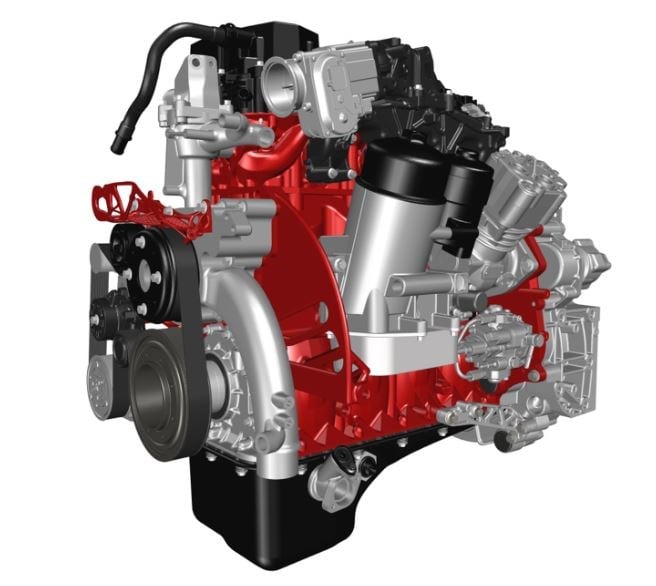Renault Trucks is developing a metal 3D printing process for its engine parts, allowing it to make lighter and more efficient engines.
The parts, developed by the Renault Trucks Lyon Powertrain Engineering department, have already been successfully tested inside a Euro-6 engine.
For haulage companies, metal 3D printing carries a number of advantages. Overall operating costs of fleet of vehicles can be reduced since a reduction in engine volume will lead to greater payloads and lower fuel consumption.
"The aim of this project is to demonstrate the positive impact of metal additive manufacturing on the size and weight of an engine. This process has enabled us to reduce the weight of a 4-cylinder engine by 120 kg or 25%", said Damien Lemasson, project manager at Renault Trucks.
"The tests we have carried out prove the durability of engine components made using 3D printing. It's not just cosmetic."
A prototype DTI 5 4-cylinder Euro 6 step C engine has been designed exclusively using 3D printing.
Although the complete engine was already designed virtually, rocker arms and camshaft bearing caps were manufactured by metal 3D printing and successfully bench-tested for 600 hours inside a Euro 6 engine.
Metal additive manufacturing opens up new development opportunities for thermal engines. This printing process, which works by adding materials layer after layer, can be used to create complex organic forms, as well as optimising the sizing of parts and reducing the number of assembly operations and therefore the number of components in an engine.
In the short-term, this manufacturing procedure can be used for highly specific applications or small runs. Now, following on from these successful initial tests, engineers at Renault Trucks will be continuing their work on this manufacturing process to further increase the performance and functionality of truck components.

















Login to comment
Comments
No comments have been made yet.